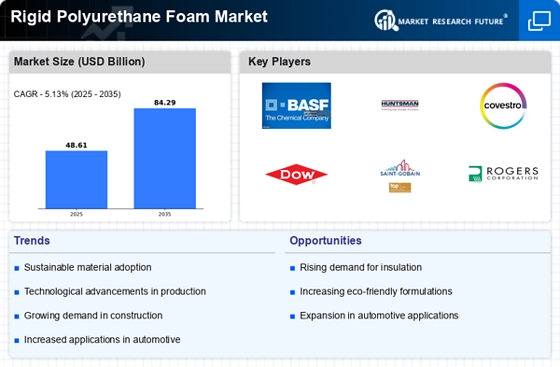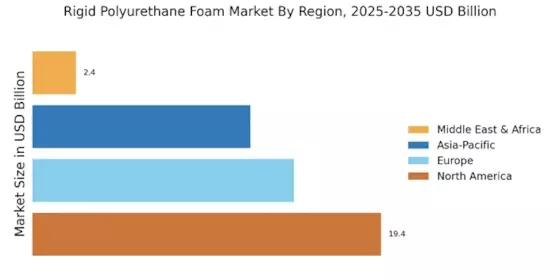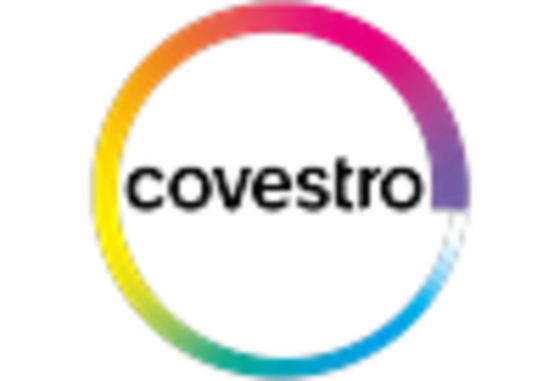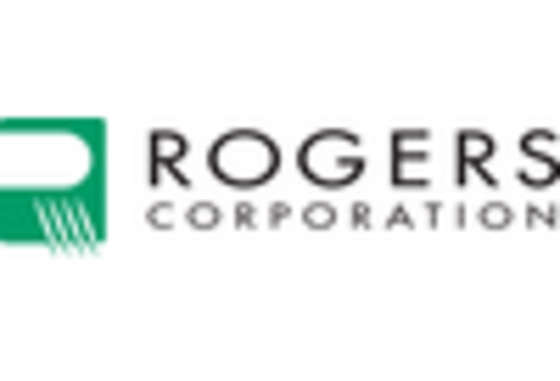The Rigid Polyurethane Foam Market is currently characterized by a dynamic competitive landscape, driven by increasing demand across various sectors such as construction, automotive, and consumer goods. Key players are actively engaging in strategies that emphasize innovation, sustainability, and regional expansion, which collectively shape the market's competitive environment. Notably, companies like BASF SE (Germany), Huntsman Corporation (US), and Covestro AG (Germany) are at the forefront, leveraging their technological expertise and extensive product portfolios to enhance their market positions. These firms are not only focusing on product development but are also exploring strategic partnerships and acquisitions to bolster their capabilities and market reach.
In terms of business tactics, companies are increasingly localizing manufacturing to reduce lead times and optimize supply chains. This approach appears to be particularly effective in a moderately fragmented market where several players vie for market share. The collective influence of these key players is significant, as they set industry standards and drive innovation, thereby shaping the overall market structure.
In August 2025, BASF SE (Germany) announced the launch of a new line of bio-based rigid polyurethane foams aimed at reducing carbon emissions in the construction sector. This strategic move not only aligns with global sustainability goals but also positions BASF as a leader in eco-friendly materials, potentially attracting environmentally conscious customers and enhancing its competitive edge.
Similarly, in July 2025, Huntsman Corporation (US) expanded its production capacity for rigid polyurethane foams in North America, responding to the growing demand in the automotive industry. This expansion is likely to strengthen Huntsman's market presence and enable it to better serve its clients, thereby enhancing customer loyalty and operational efficiency.
Moreover, in September 2025, Covestro AG (Germany) entered into a strategic partnership with a leading technology firm to develop smart insulation solutions utilizing rigid polyurethane foam. This collaboration indicates a shift towards integrating advanced technologies into traditional manufacturing processes, which could lead to innovative product offerings and improved energy efficiency in buildings.
As of October 2025, the competitive trends in the Rigid Polyurethane Foam Market are increasingly defined by digitalization, sustainability, and the integration of artificial intelligence. Strategic alliances are becoming more prevalent, as companies recognize the need to collaborate to enhance their technological capabilities and market offerings. Looking ahead, it is anticipated that competitive differentiation will evolve from traditional price-based competition to a focus on innovation, technology integration, and supply chain reliability, thereby reshaping the market landscape.


















Leave a Comment